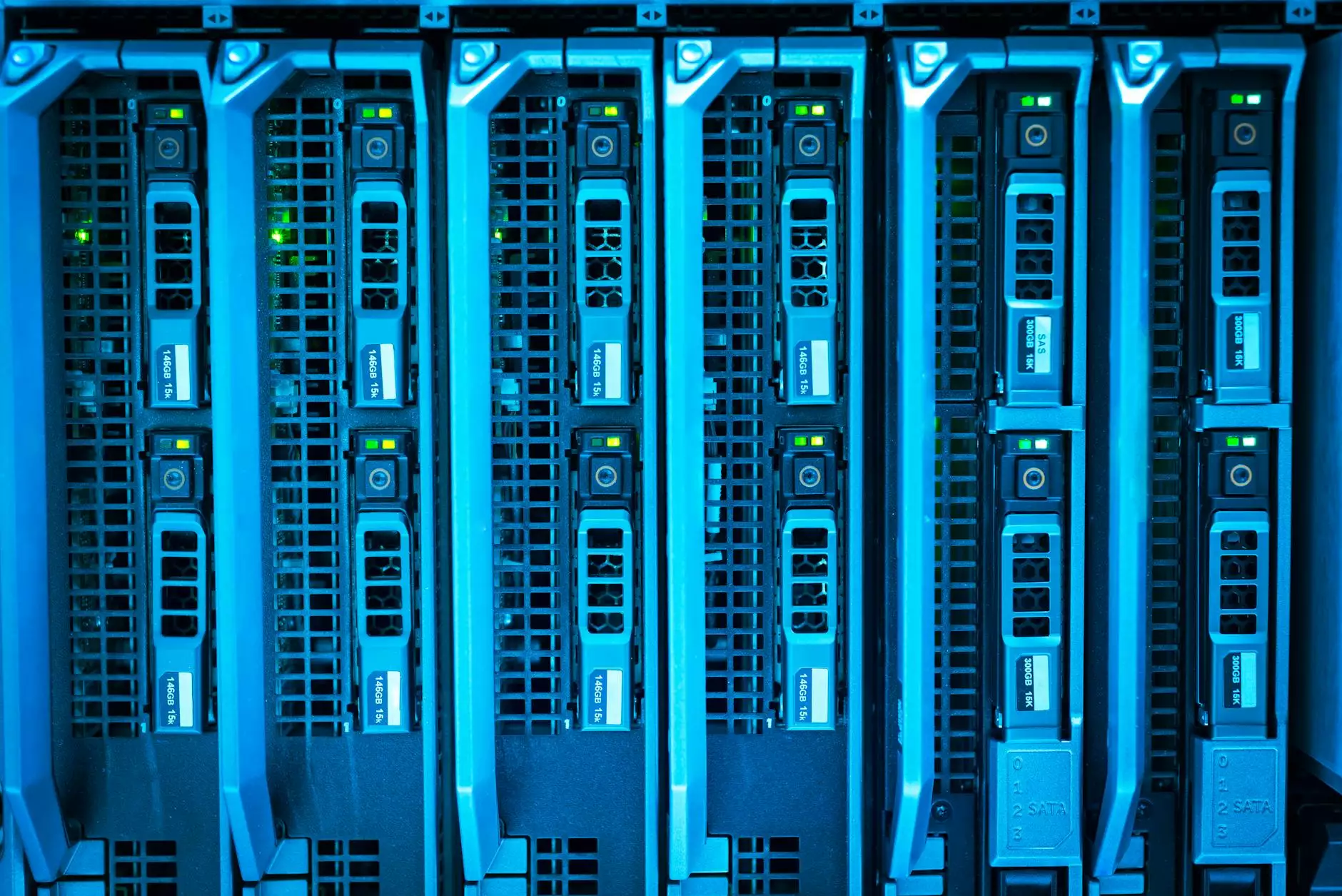How to Secure Remote Desktop Connection: Essential Tips and Best Practices

In today's digital landscape, more businesses are adopting remote working practices. As a result, securing remote desktop connections has become a paramount concern for IT professionals. With the increasing prevalence of cyber threats, ensuring that your remote desktop protocol (RDP) connections are secure is vital for protecting sensitive information. This article delves into the intricacies of securing remote desktop connections and offers practical, actionable advice for both IT services and general users. By following these guidelines, you can better safeguard your network against malicious attacks.
Understanding Remote Desktop Connections
Remote desktop connections enable users to control a computer or server from a remote location. This technology is indispensable for IT services and computer repair businesses that provide support to users without needing to be physically present. However, these connections can also expose systems to various risks if not adequately secured.
Common Risks Associated with Remote Desktop Connections
Business owners must be aware of several risks associated with remote desktop connections:
- Brute Force Attacks: Attackers use automated tools to constantly attempt different login credentials until they gain access.
- Man-in-the-Middle Attacks: These occur when an attacker intercepts communication between the user and the remote machine, leading to data theft.
- Unpatched Vulnerabilities: Outdated software can harbor vulnerabilities that skilled attackers exploit to gain unauthorized access.
- Inadequate Authentication Measures: Relying solely on weak passwords can leave systems vulnerable to compromise.
Essential Strategies for Securing Remote Desktop Connections
1. Use Strong Authentication Methods
To effectively secure remote desktop connections, implementing strong authentication methods is crucial. Consider using these approaches:
- Multi-Factor Authentication (MFA): This requires users to provide more than one piece of verification information, significantly reducing the likelihood of unauthorized access.
- Complex Password Policies: Implement policies that require strong, complex passwords that are changed regularly. Passwords should ideally include a mix of uppercase and lowercase letters, numbers, and special characters.
2. Limit User Access
Not everyone needs access to remote desktop services. Limit user access to only those who require it:
- Role-Based Access Control (RBAC): Assign permissions based on the user's role within the organization to minimize exposure.
- Remote Access Policies: Develop stringent policies that define who can access which systems remotely and under what conditions.
3. Secure Network Connections
Ensure that all remote desktop connections operate over secure networks by implementing the following:
- Virtual Private Network (VPN): A VPN creates an encrypted tunnel for data transfer, ensuring that sensitive information remains private and secure.
- Firewall Configurations: Configure firewalls to restrict unwanted traffic and only allow connections from known IP addresses.
4. Keep Software Up-to-Date
Regular software updates are vital for keeping your systems secure. Unpatched software can be a treasure trove for hackers. Therefore, it is essential to:
- Update Operating Systems: Ensure that your operating systems are regularly updated with the latest security patches.
- Update Remote Desktop Software: Use the latest version of remote desktop applications, which include enhanced security features.
5. Enable Network Level Authentication (NLA)
Network Level Authentication (NLA) is a security feature that requires users to authenticate before establishing a remote session. Enabling NLA can significantly enhance security by preventing unauthorized access attempts.
Monitoring and Response Strategies
1. Regularly Monitor Remote Access Logs
Consistently reviewing remote access logs can help identify any unauthorized access attempts. By regularly monitoring these logs:
- Immediate Action: You can take immediate action against any suspicious activity observed.
- Identify Trends: You can detect patterns in potential attacks and adjust your security measures accordingly.
2. Implement Intrusion Detection Systems (IDS)
Intrusion Detection Systems can provide real-time monitoring of network traffic for signs of suspicious activities. Implementing an IDS adds an additional layer of security.
3. Develop Incident Response Plans
In the unfortunate event of a security breach, having a well-defined incident response plan enables your organization to react swiftly and effectively:
- Containment and Eradication: Steps should be in place to contain the breach and eradicate any threats.
- Post-Incident Analysis: Analyze the incident to understand how the breach occurred and adapt your security measures accordingly.
Best Practices for Remote Desktop Users
Individuals utilizing remote desktop connections should incorporate best practices to enhance their security posture:
- Log Out After Use: Always log out of remote sessions when finished to prevent unauthorized access.
- Use VPNs for Personal Use: Consider using a VPN when connecting from personal devices to secure the connection.
- Be Wary of Public Networks: Avoid using remote desktop connections over public Wi-Fi networks, as these can be insecure.
Conclusion: Take Charge of Your Security
Securing remote desktop connections is not just a technical necessity; it’s a fundamental responsibility to protect sensitive data and maintain the integrity of your organization. By leveraging strong authentication methods, restricting access, using secure networks, keeping software up-to-date, and continuously monitoring your systems, you will significantly reduce the risk of cyber threats.
At RDS-Tools.com, we are committed to providing exceptional IT services and computer repair solutions. Our dedicated team is also available to assist with software development projects, ensuring that security remains a top priority at every stage. Your business deserves the best in security measures! Secure your remote desktop connections today and reinforce the backbone of your organizational integrity.
how to secure remote desktop connection








